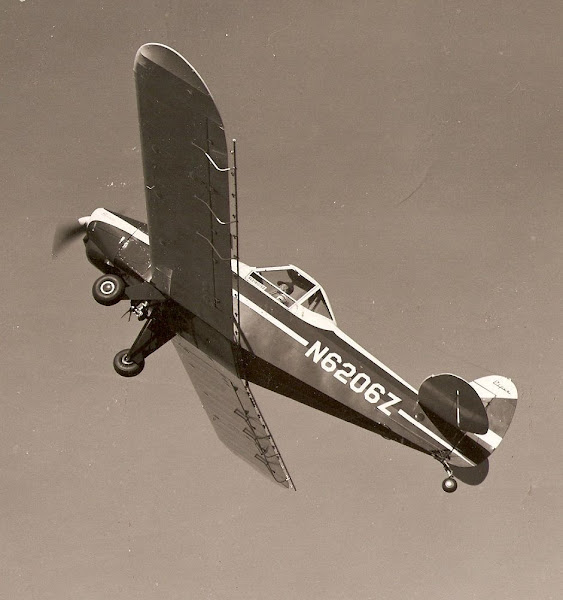This came out of Georgia Pinkston’s book “A Place to Remember”
During the first months of 1861, military companies were formed throughout Louisiana, including the Lake Providence Cadets, the largest in the state with 120 members. Among those serving in the ranks were Matt Kingsley, James Bass, and J. Jamison. Elected as officers in the company were Franc V. Whicher, Captain; W. F. Pennington, First Lieutenant; and D. C. Jenkins, Jr. and C. R. Purdy, Second Lieutenants. From the southern part of the parish came the Monticello Rifles, in which W. D. Hardeman, W. C. Corbin, and C. A. Hedrick served, under the command of Captain John S. Richards.
From across the Macon came the Floyd Guards under the command of John W. Dunn. Among those serving in the Guards were D. W. Kelly, W. A. Draughon, and Wesley McGuirt.
A large company was also raised in Pin Hook [Oak Grove], known as the
Carroll Guards. The Police Jury agreed to support each man’s family in his absence. In addition to these companies formed in the parish, individual residents joined companies formed in adjacent parishes. In these first companies, however, only W. D. Hardeman came from the large planter class. The rest were small planters, merchants, and yeoman farmers.
With the capture of Fort Sumter by Confederate forces on April 14, 1861, war became a reality. The companies of Carroll were ordered to New Orleans for final training, and during the month of May, they were formally inducted into the Confederate States Army for twelve months service. The
2nd Louisiana Infantry, Co. G [Floyd Guards] and the
14th Louisiana Infantry, Co. I [Carroll Guards] were ordered to Virginia, where they served under General Robert E. Lee. The
3rd Louisiana Infantry, Co. H [Monticello Rifles] were ordered to Arkansas. The
4th Louisiana Infantry [Lake Providence Cadets] were stationed near New Orleans. In August, 1862, the Cadets participated in the Confederate attack on Baton Rouge.
As the war escalated in scope and intensity, the Confederate government requested more recruits from Louisiana. Carroll responded again by forming the
Carroll Rebels, under the command of Captain A. J. Lott. On August 9, 1861, the
4th Battalian, Louisiana Infantry, Co. D [Carroll Rebels] were inducted into the Confederate Army.
Army demands continued, and Governor Moore, with a few volunteers left, announced on September 28, that all citizens between the ages of 18 and 45 were subject to militia duty. Later, Moore offered small bounties to boost the disappointing response. By December, 1861, a desperate Confederate government was offering a $50. Bounty for recruits to serve in the army.
In the first year of the war, Louisiana was very generous, fielding over 30,000 troops, with Carroll having volunteered 691 of its sons. The year 1862 opened with Union armies threatening Columbus, Kentucky. There was a great deal of excitement in Carroll, and T. C. Scarborough of Providence raised another company of volunteers. Inducted into the Confederacy as the
[Pelican Rifles], 25th Louisiana Infantry, Co. K., they left almost immediately for Kentucky.
In response to the $50. Bounty offered by the Confederate government, a company of cavalry was formed in Carroll by Captain A. J. Lott, who was on detached duty from the
Carroll Rebels. Known as the
Carroll Dragoons, they were inducted into the service of the Confederacy on March 19, 1862.
Again, on April 12, another group of Carroll volunteers, the
Confederate Defenders, was inducted into the Confederate Army as the
31st Louisiana, Co A, the group included E. J. Delony, George Burrus, John Hays, and A. N. McWilliams. The
Briarfield Rebels [6th Battalian, Arkansas Cavalry, Co. D], a cavalry company formed in Carroll in 1862, fought in Tennessee and later in eastern Louisiana.
Governor Moore begged Jefferson Davis to send troops with which to defend the state, but to no avail. In desperation, Moore authorized the formation of the few remaining militia companies into Batavians of partisan rangers for state service. The companies of northeast Louisiana were combined to form the
13th Battalian, Partisan Rangers, under the command of Colonel Frank Bartlett.
By this time, the one-year term of enlistment for the men of the initial companies from Carroll had expired. Some re-enlisted, and some returned home. Captain W. C. Corbin, who had served with the Monticello Rifles in Arkansas and Missouri, was one of the returnees. Corbin raised another company from Carroll, and joined the
13th Battalian, as Co. B, and were stationed at Floyd.
13th Battalian, Co. C composed of men from Morehouse Parish, were stationed at Providence, under the command of Captain Jack McKoin. Also station in the northeast area were elements of Harrison’s
3rd Louisiana Cavalry, Co. E., which was garrisoned at Milliken’s Bend, under the command of Captain Harper.
There is a website that has wonderful research about these and other regimental/soldier history. You can find where the soldiers were buried by their surname.
http://www.lascv.com/vetinfo.htm



